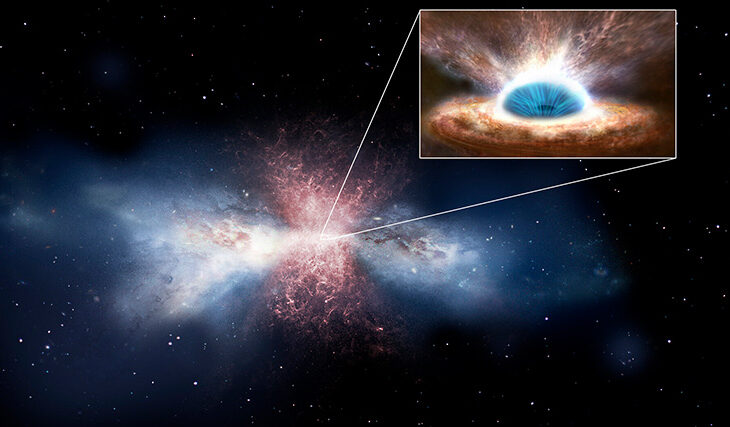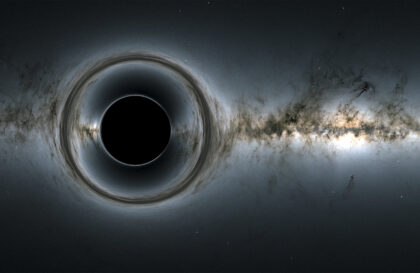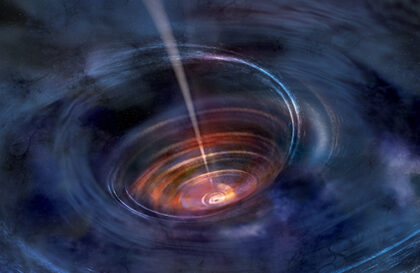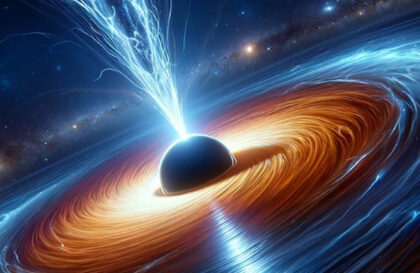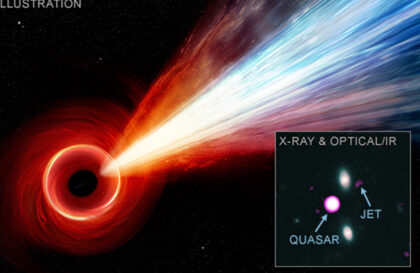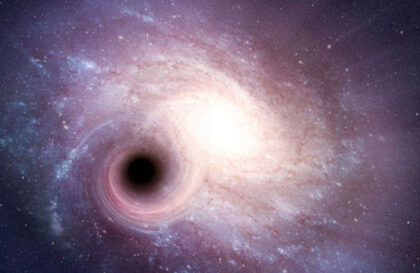Recurrent outbreaks occurred every 18-20 days and lasted approximately 48 hours. The leading cause of these flares was the collision of material ejected from the supernova with the environment, leading to a sharp temperature increase. This phenomenon is known as the light echo effect, and it is a valuable tool for studying the composition and structure of the ejected matter.
Supernovae are intense flares that occur when a star exhausts its nuclear fuel and explodes under the weight of its own gravity, causing its core to compress and eject material into the universe. Astronomers have gathered evidence that extremely large supernovae are associated with creating extremely dense remnants, such as neutron stars and black holes, known as compact objects.
It is important to note that not all supernovae are identical. Some have atypical features, prompting scientists to think about internal mechanisms. In 2018, a supernova called SN 2018zd was discovered in NGC 2146, which exists about 72 million light-years from our planet. Astronomers were intrigued by the peculiar rhythmic flashes of light emitted by this supernova.
After analyzing the data obtained from many telescopes, scientists discovered that SN 2018zd was an impressively bright and powerful supernova. Unlike a standard supernova, it emitted more energy and maintained a constant brightness for 100 days. In addition, the supernova contained significant amounts of hydrogen and helium, typically consumed or ejected before detonation.
The convergence of these factors strongly suggests that the appearance of SN 2018zd resulted from the collapse of a colossal star whose mass is approximately 40-50 times that of the Sun. In our galaxy, such massive stars are not standard and may indicate the progenitors of compact objects. However, it remains unclear to scientists precisely what happens at the epicenter of a supernova — whether it leads to the formation of a neutron star or a black hole.
It is necessary to investigate gravitational waves. These waves are tiny distortions in the fabric of space-time that appear during significant cosmic events, such as merging black holes or neutron stars. Gravitational waves can carry information about compact bodies’ mass, rotation, and proximity. However, in the case of SN 2018zd, none of the current detectors, such as LIGO or Virgo, have recorded such waves.
There are two possible explanations for this phenomenon. First, the compact object is likely too distant or faint to be observed, or it may not have formed. It can also be assumed that the supernova did not collapse completely, leaving some material emitting light. Although rare, this scenario deserves attention and should be investigated further.
Banner image: Credit: ESA / Science & Exploration / Space Science / Herschel
Image credit:
https://www.esa.int
